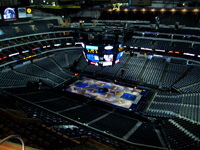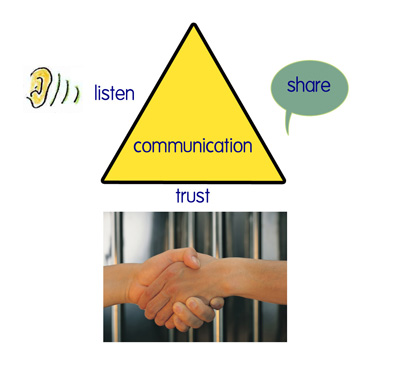Help! I’m Synching!
If you have ever tried to play a long clip simultaneously on multiple media servers in a show, then you know what a real challenge it can be. Say for instance that your client pays you to create a three-minute product demonstration movie, and the content is delivered to you as one long clip. So you load it into your media servers, then start the clip while you watch them on your screens. Much to your dismay, you watch helplessly as the clip loses synch between the servers—that is, the same frame isn’t showing at the same time on all media servers. Simply starting the clip and letting it roll obviously isn’t going to be acceptable during the show. So how do we correct this problem? Can it be fixed in with programming?




